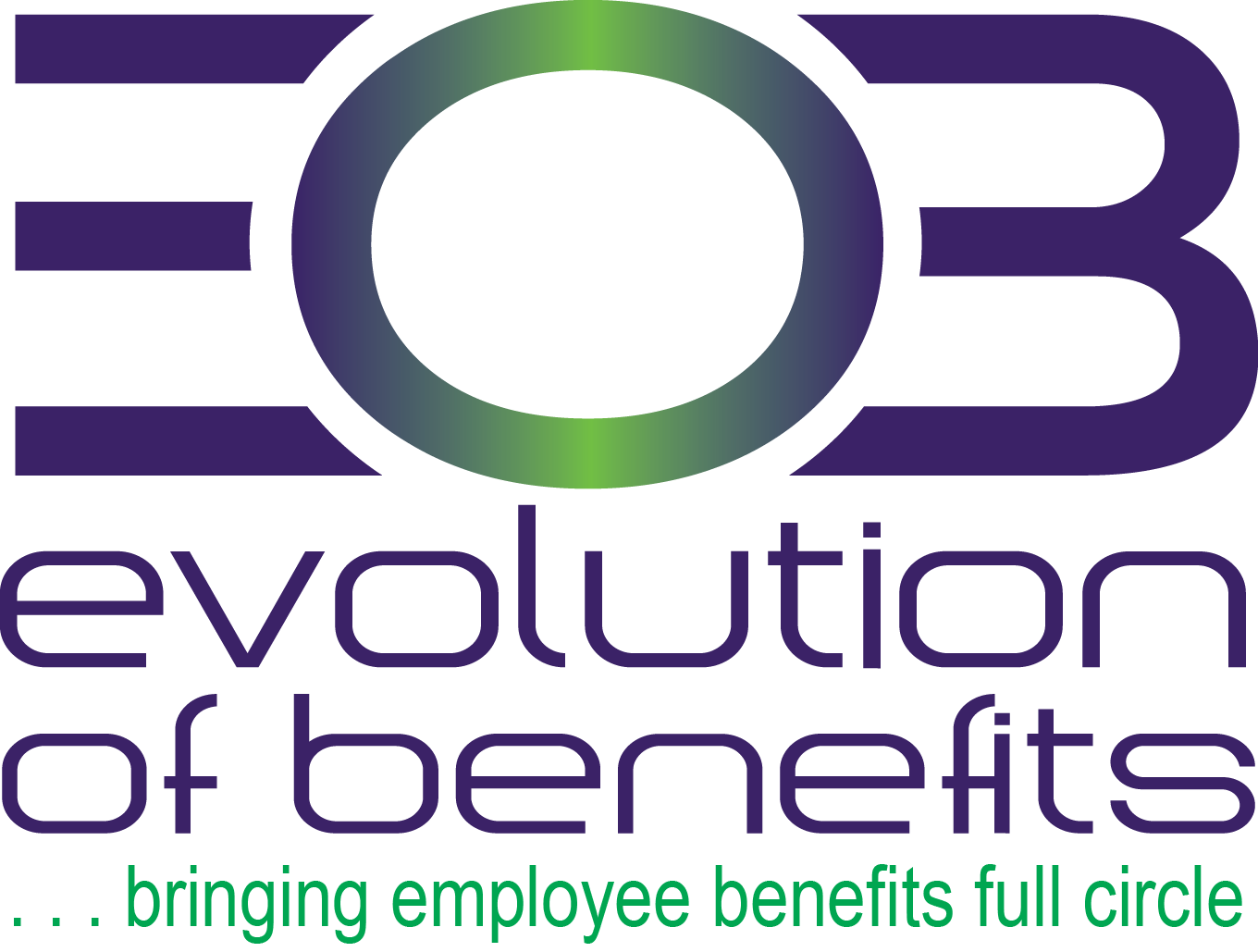Understanding the Historic $2 Trillion Stimulus Package

The $2 trillion stimulus package, negotiated by Republican and Democratic leaders, is the largest economic stimulus measure in modern history. The bill is a $2 trillion combination of tax provisions and other stimulus measures, including emergency business lending. The measure promises to provide help for struggling American families and businesses, as well as health care workers on the front lines of the coronavirus outbreak.
Significant Provisions Affecting Businesses
Significant Provisions Affecting Individuals
Click the image below or here to view, download, and print this 4-page newsletter

Posted on March 27, 2020 by Evolution of Benefits
Overcoming loneliness during the coronavirus pandemic

As public health officials work to slow the spread of coronavirus disease 2019 (COVID‐19), many have recommended social distancing and self‐quarantining. Some states across the country have issued orders for people to stay at home unless it’s essential they leave, and some employers have had to send employees home or ask them to work remotely. While these actions can help slow the spread, they can have negative effects on your mental health.
Click the image below or here to view, download, and print this flyer.
If you have concerns about your mental well‐being while you’re in quarantine, please contact your mental health professional or use SAMHSA’s National Helpline by calling 800‐662‐HELP (4357).

Posted on March 25, 2020 by Evolution of Benefits
10 Ways to Manage Coronavirus Symptoms From Home

If you’re experiencing mild coronavirus disease 2019 (COVIO-19 ) symp to ms, be sure to call your doctor. It’s possible that your doctor will advise you to manage your symptoms from home. Here are 10 ways that you can do so.
Click the image below or here to view, download, and print this flyer
Notify your doctor that you may have COVID-19 before going to any standing health care appointments.
If you experience a medical emergency, call 911 and let them know that you have or may have COVID-19.

Posted on March 25, 2020 by Evolution of Benefits
Who is at a higher risk for severe coronavirus-related illness?

While an estimated 80% of those who get sick with coronavirus disease 2019 (COVID-19) will experience mild symptoms, 20% will experience severe and sometimes life-threatening symptoms and complications.
According to the Centers for Disease Control and Prevention, the following individual.s may be at a higher risk for severe illness and complications related to COVID-19:
- Individuals who are 65 years old or older
- Individuals who live in a long-term care facility or nursing home
- Individuals who are immuno-compromised, including cancer patients, those who have had a bone marrow or organ transplant and those with immune deficiencies or disorders
- Individuals with underlying health conditions, including:
- Chronic lung disease
- Moderate to severe asthma
- Heart disease with complications
- Severe obesity
Posted on March 25, 2020 by Evolution of Benefits
Step Away for Safety – flyer

To limit the spread of coronavirus disease 2019 (COVID-19), the government is asking everyone to practice social distancing. This means staying at least 6 feet away from everyone at all times. All people should follow this guidance — not just those experiencing COVID-19 symptoms.
Posted on March 20, 2020 by Evolution of Benefits
About the Families First Coronavirus Response Act

Coronavirus Bill Requiring Paid Employee Leave Signed Into Law
On March 18, 2020, President Trump signed the Families First Coronavirus Response Act (the Act) into law. The Act requires employers to provide paid leave for some employees related to the coronavirus (COVID-19) pandemic, among other measures. The leave provisions of the Act take effect no later than 15 days after it is signed by the president.
Emergency Paid Sick Leave
The Act requires 80 hours of paid sick leave for government workers and employees of companies with fewer than 500 employees. Leave must be made available to workers who are symptomatic or are under an order or advice to quarantine or self-isolate, who have to care for a family member under such an order or advice, or who have a child whose school or child care provider or facility has closed or is unavailable due to the coronavirus.
Future regulations may exempt small businesses with fewer than 50 employees from the paid sick leave requirement. Health care providers and emergency responders may be excluded from both types of leave benefits.
Emergency Family and Medical Leave Act
The Act provides FMLA rights for some employees of companies with fewer than 500 employees, requiring partially paid leave after 10 days when an employee is unable to work or telework due to school or child care closures related to the coronavirus.
Other Provisions
The Act provides funding for economic assistance and requires health plans to cover COVID-19 testing at no charge. A refundable tax credit for employers that provide paid leave benefits as required by the Act is also included. The U.S. Treasury is expected to use its regulatory authority to advance funds to some small businesses to cover the cost of providing paid sick leave.
Posted on March 20, 2020 by Evolution of Benefits
Keeping Workplaces, Homes, Schools, and Commercial Spaces Safe


Practice good hygiene
Stop handshaking – use other noncontact methods of greeting
Clean hands at the door and schedule regular hand washing reminders by email
Create habits and reminders to avoid touching their faces and cover coughs and sneezes
Disinfect surfaces like doorknobs, tables, desks, and handrails regularly
Increase ventilation by opening windows or adjusting air conditioning
Be careful with meetings and travel
Use videoconferencing for meetings when possible
When not possible, hold meetings in open, well-ventilated spaces
Consider adjusting or postponing large meetings or gatherings
Assess the risks of business travel
Handle food carefully
Limit food sharing
Strengthen health screening for cafeteria staff and their close contacts
Ensure cafeteria staff and their close contacts practice strict hygiene
Stay home if…
They are feeling sick
They have a sick family member in their home
View and download Keeping Homes, Workplaces, Schools Safe document
Posted on March 13, 2020 by Evolution of Benefits
IRS Allows HDHPs To Cover Coronavirus Costs

Key Points
- HDHPs can pay for COVID-19 testing and treatment without imposing a deductible.
- As a growing trend, states are directing or encouraging health insurance issuers to cover this testing without any costsharing.
- Employers with HDHPs should consult with their plan’s issuer or benefits administrator regarding their plan’s coverage for COVID-19 testing and treatment.
Posted on March 13, 2020 by Evolution of Benefits
Department of Labor Issues Guidance on COVID-19 and the FMLA


The U.S. Department of Labor has issued Q&As on the federal Family and Medical Leave Act (FMLA) and COVID-19 (the disease caused by the new coronavirus) and other health emergencies. The Q&As explain that under the FMLA, covered employers must provide eligible employees with job-protected, unpaid leave for specified family and medical reasons, which may include the flu where complications arise. Employees on FMLA leave are entitled to the continuation of group health insurance coverage under the same terms as before they took leave.
Posted on March 13, 2020 by Evolution of Benefits
Implementation of Mitigation Strategies for Communities with Local COVID-19 Transmission

This is a 10-page guide with easy-to follow tables and graphics from the Centers for Disease Control, covering Background, Goals, and Guiding Principles, with tables and appendices to help fully clarify factors to consider for implementation of mitigation strategies.
Protect yourself and your community from getting and spreading respiratory illnesses like coronavirus disease 2019. Everyone has a role to play in getting ready and staying healthy.

Posted on March 13, 2020 by Evolution of Benefits
Client and Employee Resources
![]() The more your employees understand your benefit plans the more they become educated, empowered consumers. The programs you provide will also gain an enhanced value.
The more your employees understand your benefit plans the more they become educated, empowered consumers. The programs you provide will also gain an enhanced value.
As your strategic partners in employee benefits, we can provide multiple avenues of ongoing support, including:
- Employee Meetings (English and Spanish)
- Webcasts
- Payroll Stuffers
- Poster Campaigns
- Newsletters
Recent Posts
- ‼️ USCIS Updates Form 1-9 and E-Verify ‼️ April 9, 2025
- 💫 Compliance Considerations for Unlimited PTO Policies 💫 April 9, 2025
- ⚕Mental Health Care Benefits Strategies⚕ April 9, 2025
- 🧠Psychiatry Basics and Health Plan Coverage🧠 April 9, 2025
- HR Compliance Overview – Compliance Considerations for Unlimited PTO Policies (April) April 2, 2025
- Live Well, Work Well – Allergy-proof Your Spring 🤧🌷 April 2, 2025
- Benefits Buzz – Class-action Lawsuits Target Health Plan Tobacco Surcharges (April) April 2, 2025
- HR Brief – Executive Order Directs Federal Agencies to Improve Health Care Price Transparency (April) April 2, 2025
- EEOC and DOJ Issue Guidance on DEI-related Discrimination📌 (March) March 31, 2025
- ⛔IRA Changes to Medicare Part D May Impact Employer Plans⛔ (March) March 31, 2025
Newsletter and Article Categories
E-Verify is a web-based system that allows enrolled employers to confirm the eligibility of their employees to work in the United States. Click the image below to begin.






















